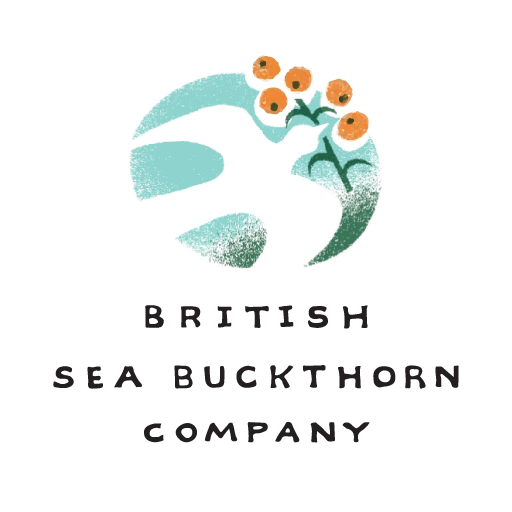As the sun rises higher and spring approaches more of the Siberian varieties are showing signs of life. Like a theatrical performance Klaudia was first onto the stage as usual this year. Next to show was Augustina – although|I doubt whether this correlates with it being an earlier harvesting variety. Elizaveta is now chasing these two and looks as if it will show more leaf than Klaudia shortly. This leaves all the rest which are all on the move, even if one describes it as just a modest bud crack. What is good is to see Gnom coming on in time with all the rest. As the male I hope that this indicates a good development sync for pollination.
Following Kirsten Jensen’s visit her intructions are being followed. First of all the large and mature German plants have been pruned. Having left these to develop too far it followed instructions to a level but still possibly needs some extra intervention this week, as I lost courage with some plants which had a serious haircut. The other part of the instruction at this stage was to strip the grass away from the plants. So a 1 square metre area has appeared around two thirds of the plants. It is relatively easy work with a monkey’s claw as the grass is still dormant and roots pull from the soil without too much effort.
Off the field there has been some fireworks. I read with some alarm that the Medicine and Healthcare Products Regulatory Agency (MHRA) has forced the withdrawal of 107 St John’s Wort products from Amazon. The action seems to have been a reaction to health benefit claims being made by sellers. The MHRA state their remit to enforce the Nutrtional and health Claims regulations is not only regarding what is on packaging but also what is said in personal testimonials and on websites.
As someone who is developing a business ( in fact more than that – our farm’s future ) on crop and product derived from botanicals that are high in bioactive compounds it is clear that regulatory compliance guide how we develop our products.
The problem with the EFSA regulations and the European Food Safety Agency approach always has been that the complexities of multi bioactive botanicals do not behave in a regulated fashion. Grown in a natural environment, products derived from plants are subject to environmental variables. The way the bioactives synergise produces thousands of options as to the actual pathways that these might interact with the body once consumed. The issue, as I see it is that many of these botanicals have been used for centuries. These traditional uses have created an understanding as to the potential benefits. Traditional use also throws up side effects. So knowledge is based on observation and practical experience. I would contest that many pharmaceutical drugs are licensed for specific use but their use is not without side effects. Even the mainstays of ibroprufen/ paracetomol and aspirin are in this category.
This regulatory activity has its roots in poor market behaviour. Poor quality product or product that risks overdose. Product that claimed too much. Product that did not deliver on claims. All these resulted in EFSA regulation demanded by politicians and consumer groups.
I go back to what we learnt from the Food Matters Live event in London last year. Consumers are not really interested in what is on the label. They want; they expect; they demand that what is in the title is what is in the bottle. So it is up to the producer to know that what they are selling will be in the bottle.
Some product can deliver an image of quality to a consumer through an accreditation stamp. Accreditation though is only as good as the monitoring system that goes with it. It really comes down to the quality of management of the product throughout its whole life cycle. Accreditation can lead consumers to a false level of confidence if product creating has weak points in the chain.
The description of “local” within product marketing is often misleading as local in an era of efficient transport and distribution can still deliver high quality product from hundreds of miles away. What is probably more important is the number of links in the supply chain. The more people that become accountable the higher the risk that quality is not monitored with rigour. a short supply chain is not always perfect, because what one is looking for is a refined personal chain of responsibility. If the delivery of product is through a huge organisation, then sometimes that can introduce weak links.
I do believe that accreditation is a useful tool for the consumer. Accreditation must fit with the standards required to be delivered. Those standards must be deliverable. Then the producer is accountable.
I see sea buckthorn as having had its centuries of testing through practical human experience. The necessity now is to deliver it in a way that regulators remain happy and consumers retain access to a high quality product that delivers all they see in what they want.
